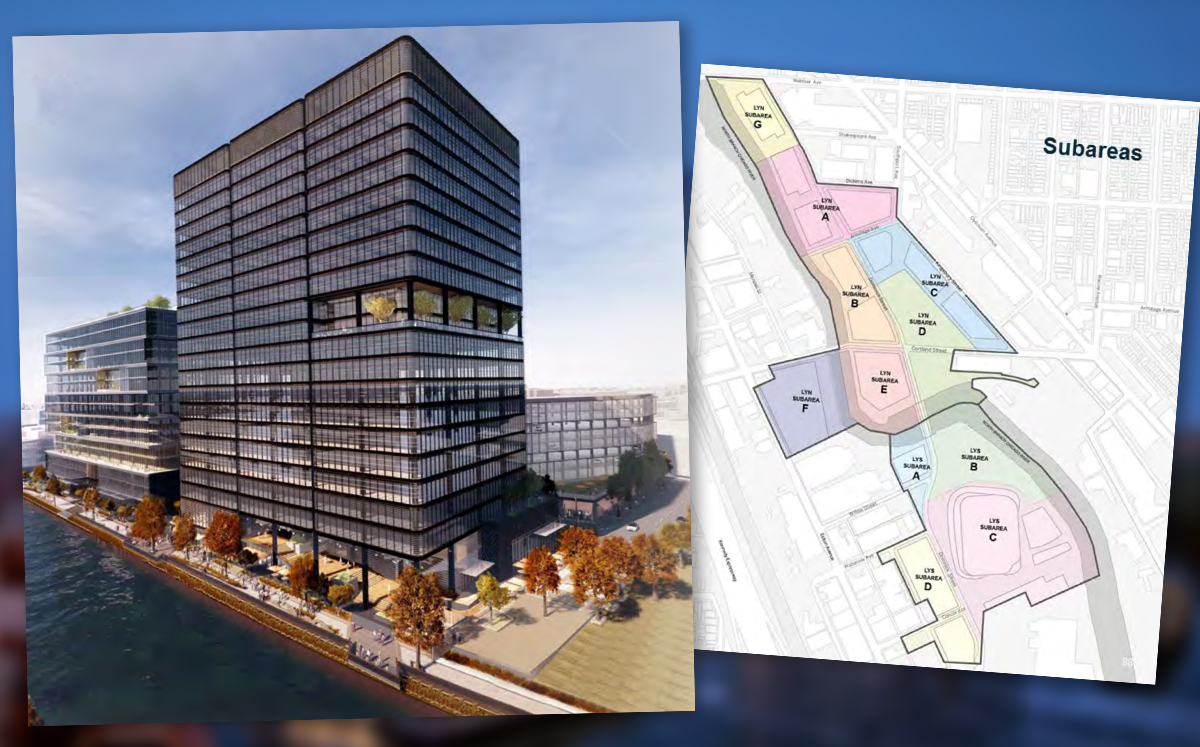Trending
What’s next for Lincoln Yards? Work could begin soon, but some obstacles remain
Sterling Bay plans to begin building on the north edge of the 54-acre site, but it all depends on a new TIF district

The City Council removed any doubt Wednesday that the next decade will see an army of excavators and cranes descending on the planned site of Lincoln Yards.
Obstacles remain for Sterling Bay’s $6 billion development along two sides of the North Branch of the Chicago River. But now that the developer won official city approval to build 500-foot office buildings and 6,000 new homes along a half-mile stretch of the river, the only remaining question is how soon work can get underway.
Sterling Bay already has done “a fair amount of prep work” to clean up the 54-acre site and reconfigure electrical utilities, according to Alderman Brian Hopkins, whose 2nd Ward includes Lincoln Yards.
By last summer, the developer already had removed 13,000 tons of contaminated soil and 27 underground storage tanks that had been left behind by prior user Finkl Steel, according to its first public presentation in July.
Sterling Bay plans to start construction on the northern edge of the property at the intersection of Webster Avenue and Dominick Street, but has not set any timeline for when it could begin.
During a public meeting in November, Sterling Bay managing principal Andy Gloor and architects from Skidmore, Owings & Merrill flashed renderings for a pair of office buildings that would rise near the new four-story C.H. Robinson office building at 1515 West Webster Avenue. The buildings could reach as high as 325 feet, according to the plan approved Wednesday, which sets maximum heights in 14 “sub-areas” across the Lincoln Yards site. A parking garage would be built nearby on the east side of Dominick.
At the same time, Sterling Bay would remake the streets surrounding all three buildings and pave a Riverwalk esplanade between Webster and Armitage Avenues.
“It’s important to be able to create a destination on day one, and create a sense of neighborhood immediately by defining the streetscape,” architect Scott Duncan said in November. “At this point, the site is so empty that putting a single building there wouldn’t really achieve that.”
But the all-or-nothing scope of the initial phase means no work can get underway until the TIF district gets approved, Hopkins said.
The 168-acre district, which would capture future property tax growth to fund up to $900 million in infrastructure work over its 23-year lifespan, would set aside $96 million for new roadways, $54 million for street improvements and $45 million for a seawall along the river.
“In theory, there would be nothing to stop” Sterling Bay from beginning construction before the district is created, “but I can’t see that happening,” Hopkins said. “They need to know how they’re going to budget for the infrastructure, and that’s going to be finalized in their redevelopment agreement with the city.”
The developer and city officials are still “negotiating” over the terms of the agreement, which would authorize Sterling Bay to front infrastructure costs with the promise of future repayment with interest from the TIF district.
The district and redevelopment agreement must be approved by the council’s finance committee and then the full council, which meets next on April 10. Hopkins said he is “absolutely confident” both will pass.
“Lincoln Yards as we know it could never come to fruition without the public infrastructure buildout,” he said.
In the meantime, Hopkins hopes Sterling Bay can get started on the sprawling park it has planned for the southern half of the site, across the river from the planned first phase of building.
“The logistics would have to be worked out, but I believe we can get a playing field or two done while the rest of the park construction continues,” Hopkins said. “That work can begin as soon as the weather improves.”




